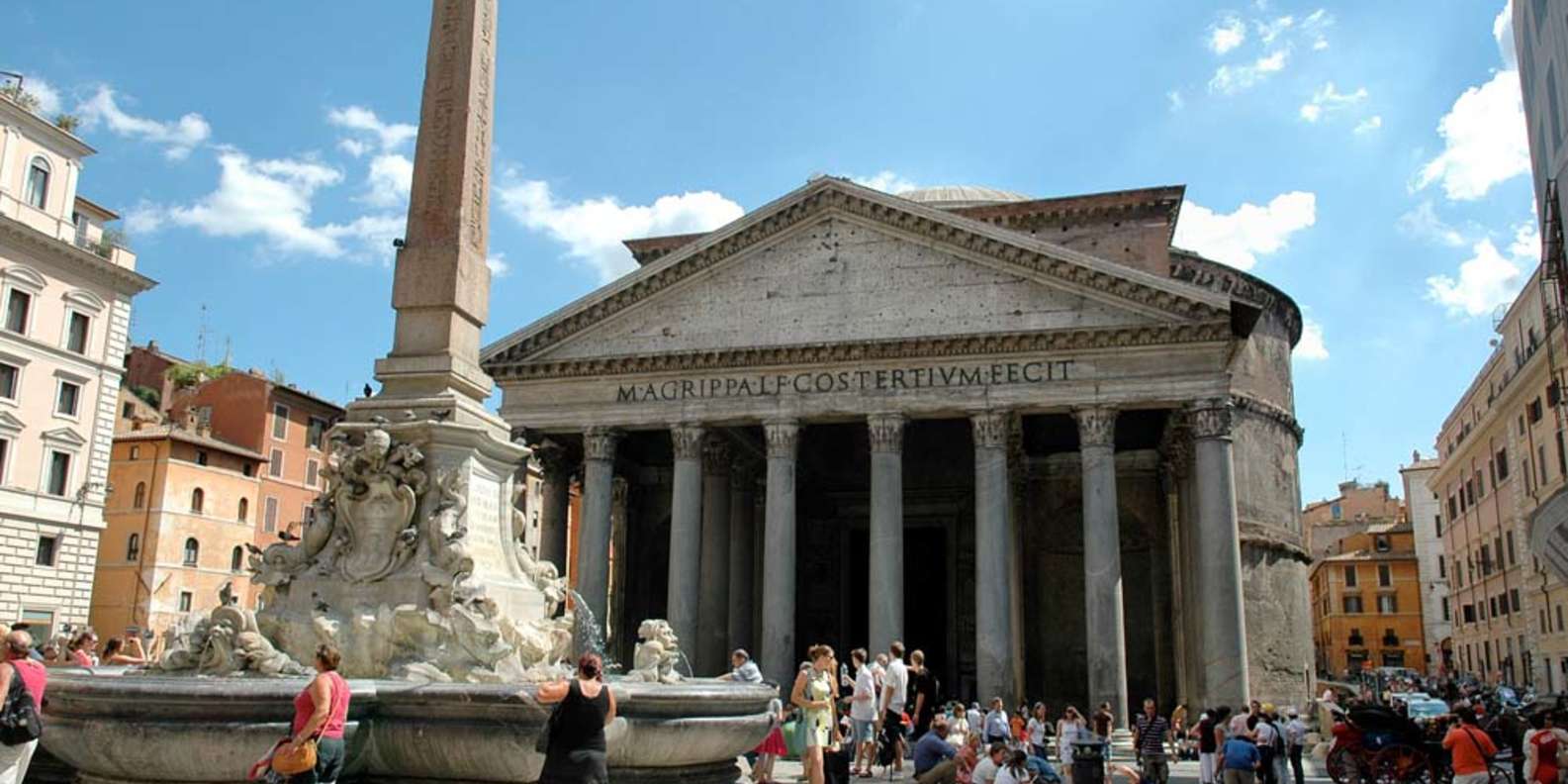The Cuisine of the Jewish District of Rome
The Jewish district of Rome is also a paradise for food lovers, as it offers some of the most delicious and unique dishes of the Roman cuisine, influenced by the Jewish dietary laws and traditions. The Jewish cuisine of Rome is based on simple and seasonal ingredients, such as vegetables, cheese, eggs, and fish, and features some of the most famous specialties of the city, such as:
Carciofi alla giudia: This is the signature dish of the Jewish district, and consists of artichokes that are deep-fried until crispy and tender. The artichokes are seasoned with salt, pepper, and lemon juice, and are best enjoyed hot and fresh.
Supplì: These are fried rice balls, stuffed with mozzarella cheese and tomato sauce, and coated with bread crumbs. The supplì are crunchy on the outside and gooey on the inside, and are a popular street food and appetizer in Rome.
Baccalà: This is salted cod, which is soaked, boiled, and fried, and served with a garlic and parsley sauce. The baccalà is a typical dish of the Jewish district, as it was one of the few types of fish allowed by the ghetto’s rules, and is still a favorite among locals and tourists alike.
Crostata di ricotta e visciole: This is a delicious tart, made with a shortcrust pastry, filled with ricotta cheese and sour cherries, and sprinkled with powdered sugar. The crostata is a traditional dessert of the Jewish district, and is perfect for a sweet ending to your meal.
The Jewish district of Rome is full of restaurants, cafes, bakeries, and delis, where you can taste these and other delicacies of the Jewish cuisine, as well as enjoy the friendly and cozy atmosphere of the neighborhood.
Some of the best places to eat in the Jewish district are:
Nonna Betta: This is a family-run restaurant, where you can find authentic and homemade Jewish dishes, such as carciofi alla giudia, pasta with anchovies and endive, and almond cake.
Ba’Ghetto: This is a kosher restaurant, where you can enjoy a variety of meat, fish, and vegetarian dishes, such as couscous with lamb, fried zucchini flowers, and chocolate mousse.
Pasticceria Boccione: This is a historic bakery, where you can buy some of the most famous sweets of the Jewish district, such as crostata di ricotta e visciole, pizza ebraica (a dense cake with nuts and dried fruits), and biscotti al vino (wine cookies).




